文章目录
- 简介
- 一、安装工具包
- 二、实现步骤
-
- 1.按照MvvmLight 的结构创建对应文件夹和文件
- 2.编辑 ViewModelLocator
- 3.引用全局资源
- 二、使用详情
-
- 1.属性
- 2.命令
- 3. 消息通知
- 4. 完整程序代码展示
- 运行结果
简介
CommunityToolkit.Mvvm 包(又名 MVVM 工具包,以前称为 Microsoft.Toolkit.Mvvm)是一个现代、快速和模块化的 MVVM 库。 它是 .NET 社区工具包的一部分,围绕以下原则生成:
1、独立于平台和运行时 - .NET Standard 2.0、.NET Standard 2.1 和 .NET 6(与 UI 框架无关)
2、易于选取和使用 - 对应用程序结构或编码范例(“MVVM”之外)没有严格的要求,也就是可以灵活使用。
3、按需取用 - 自由选择要使用的组件。
4、引用实现 - 精简且高效,为基类库中包含的接口提供实现,但缺少直接使用它们所需的具体类型。
MVVM 工具包由 Microsoft 维护和发布,是 .NET Foundation 的一部分。 它还由几个内置于 Windows 的第一方应用程序(如 Microsoft Store)使用。
此包面向 .NET Standard,因此可在任何应用平台上使用:UWP、WinForms、WPF、Xamarin、Uno 等;并且可在任何运行时上使用:.NET Native、.NET Core、.NET Framework 或 Mono。 它在所有这些平台和运行时上都可运行。 API 图面在任何情况下都相同,因此非常适合生成共享库。
此外,MVVM 工具包还有一个 .NET 6 目标,用于在 .NET 6 上运行时实现更多内部优化。 在这两种情况下,公共 API 图面都是相同的,因此 NuGet 将始终解析包的最佳版本,使用者无需担心有哪些 API 可以在其平台上使用的问题。
一、安装工具包
首先创建一个WPF应用程序,这里命名为 CommunityToolkitDemo,目标框架为 .NET Framework 4.6.1 。Microsoft Visual Studio Enterprise 2022 (64 位) - 版本 17.10.4 。创建项目完成后,打开NuGet 包管理器,搜索 CommunityToolkit.Mvvm ,本例安装的是当前最新版 8.2.2 版本。如下所示:

二、实现步骤
1.按照MvvmLight 的结构创建对应文件夹和文件
创建 ViewModel 文件夹,创建 ViewModelLocator 文件,如下所示:

2.编辑 ViewModelLocator
代码如下(示例):
public class ViewModelLocator
{
public static IServiceProvider ServiceProvide {
get; set; }
public ViewModelLocator()
{
ServiceProvide = GetService();
}
private IServiceProvider GetService()
{
var service = new ServiceCollection();
service.AddSingleton<MainViewModel>();
return service.BuildServiceProvider();
}
public MainViewModel Main
{
get
{
return ServiceProvide.GetService<MainViewModel>();
}
}
}
service.AddSingleton(); 每次新的ViewModel 就通过这里进行添加,然后在创建对应的属性名。
public MainViewModel Main
{
get
{
return ServiceProvide.GetService<MainViewModel>();
}
}
3.引用全局资源
在 App.xaml 中将 ViewModel 作为资源添加引用。这里做法与MvvmLight 一致。

做完以上工作,我们就实现了像 MvvmLight 一样使用 CommunityToolkit.Mvvm 工具包。
二、使用详情
1.属性
[ObservableProperty]
private string dateTimeStr;
public string DateTimeStr
{
get {
return dateTimeStr; }
set
{
SetProperty(ref dateTimeStr, value);
}
}
2.命令
public RelayCommand<string> ButtonClickCmd {
get; set; }
public MainViewModel()
{
ButtonClickCmd = new RelayCommand<string>(FunMenu);
}
public void FunMenu(string p)
{
switch (p)
{
case "最小化":
WindowMin();
break;
case "最大化":
WindowMax();
break;
case "关闭":
AppClose();
break;
case "改变数值":
ChangeValue();
break;
}
}
3. 消息通知
在MainViewModel 视图中发送三个消息,分别是窗体关闭、最大化和最小化功能实现。
private void AppClose()
{
WeakReferenceMessenger.Default.Send("MainWindowClose");
}
private void WindowMax()
{
WeakReferenceMessenger.Default.Send("MainWindowMax");
}
private void WindowMin()
{
WeakReferenceMessenger.Default.Send("MainWindowMin");
}
在 MainWindows 中实现消息的接受与处理
public MainWindow()
{
InitializeComponent();
//消息注册
RegisterMessage();
}
private void RegisterMessage()
{
WeakReferenceMessenger.Default.Register<string>(this,HandleMessage);
}
private void HandleMessage(object recipient, string message)
{
switch (message)
{
case "MainWindowClose":
AppClose();
break;
case "MainWindowMax":
MainWindowMax();
break;
case "MainWindowMin":
MainWindowMin();
break;
}
}
4. 完整程序代码展示
项目目录结构:

1、App.xaml 文件代码如下:
<Application x:Class="CommunityToolkitDemo.App"
xmlns="http://schemas.microsoft.com/winfx/2006/xaml/presentation"
xmlns:x="http://schemas.microsoft.com/winfx/2006/xaml"
xmlns:local="clr-namespace:CommunityToolkitDemo"
xmlns:d="http://schemas.microsoft.com/expression/blend/2008" d1p1:Ignorable="d" xmlns:d1p1="http://schemas.openxmlformats.org/markup-compatibility/2006"
StartupUri="MainWindow.xaml">
<Application.Resources>
<ResourceDictionary>
<FontFamily x:Key="iconfont">/Assets/Fonts/#iconfont</FontFamily>
<vm:ViewModelLocator x:Key="Locator" d:IsDataSource="True" xmlns:vm="clr-namespace:CommunityToolkitDemo.ViewModel"/>
<ResourceDictionary.MergedDictionaries>
<ResourceDictionary Source="/Assets/Styles/CommonStyleDictionary.xaml"/>
</ResourceDictionary.MergedDictionaries>
</ResourceDictionary>
</Application.Resources>
</Application>
2、MainWindow.xaml 文件代码如下:
<Window x:Class="CommunityToolkitDemo.MainWindow"
xmlns="http://schemas.microsoft.com/winfx/2006/xaml/presentation"
xmlns:x="http://schemas.microsoft.com/winfx/2006/xaml"
xmlns:d="http://schemas.microsoft.com/expression/blend/2008"
xmlns:mc="http://schemas.openxmlformats.org/markup-compatibility/2006"
xmlns:local="clr-namespace:CommunityToolkitDemo"
mc:Ignorable="d"
xmlns:viewmodel="clr-namespace:CommunityToolkitDemo.ViewModel"
d:DataContext="{d:DesignInstance Type=viewmodel:MainViewModel}"
DataContext="{Binding Source={StaticResource Locator},Path=Main}"
Title="MainWindow" Height="450" Width="800" Background="#2b2b2b" ResizeMode="CanResize"
AllowsTransparency="True" WindowStyle="None" WindowStartupLocation="CenterScreen">
<Window.Resources>
<ResourceDictionary>
<ResourceDictionary.MergedDictionaries>
<ResourceDictionary Source="/Assets/Styles/SystemButton.xaml"/>
</ResourceDictionary.MergedDictionaries>
</ResourceDictionary>
</Window.Resources>
<Viewbox x:Name="RootViewbox" Stretch="Fill">
<Grid x:Name="MainContent" ClipToBounds="True" Background="Transparent">
<Grid.RowDefinitions>
<RowDefinition Height="40"/>
<RowDefinition Height="*"/>
<RowDefinition Height="30"/>
</Grid.RowDefinitions>
<!--Grid 没有设置背景则不支持拖拽-->
<Grid Grid.Row="0" Background="#1F2336"


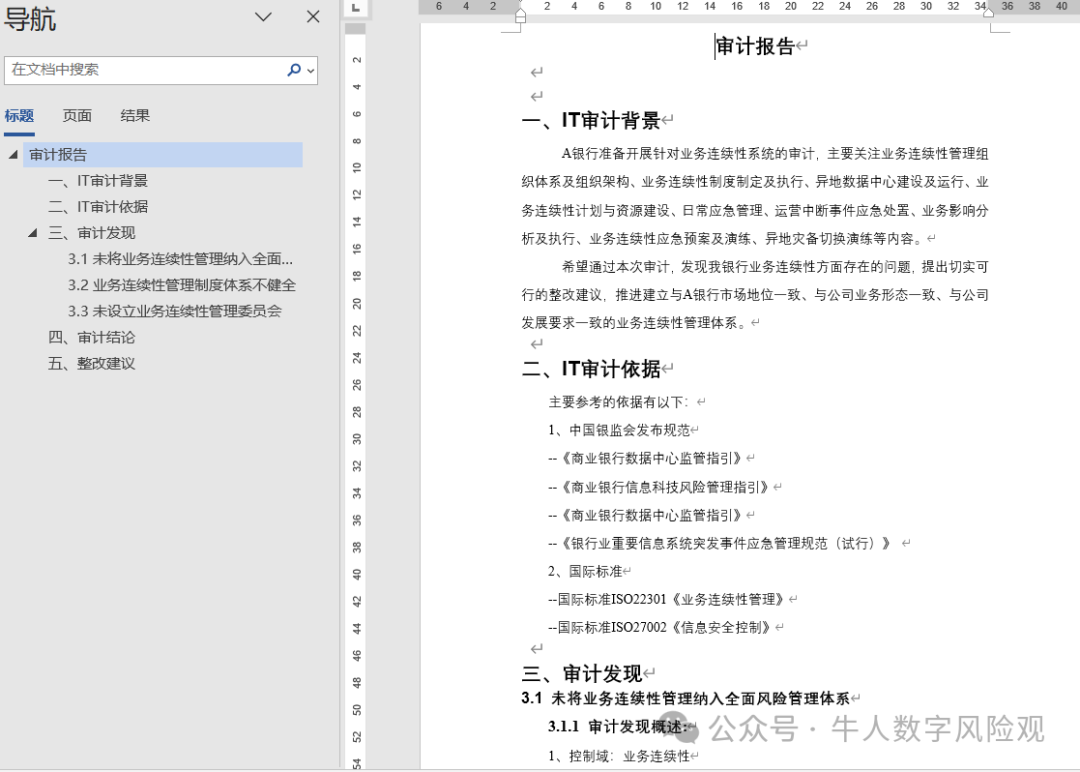
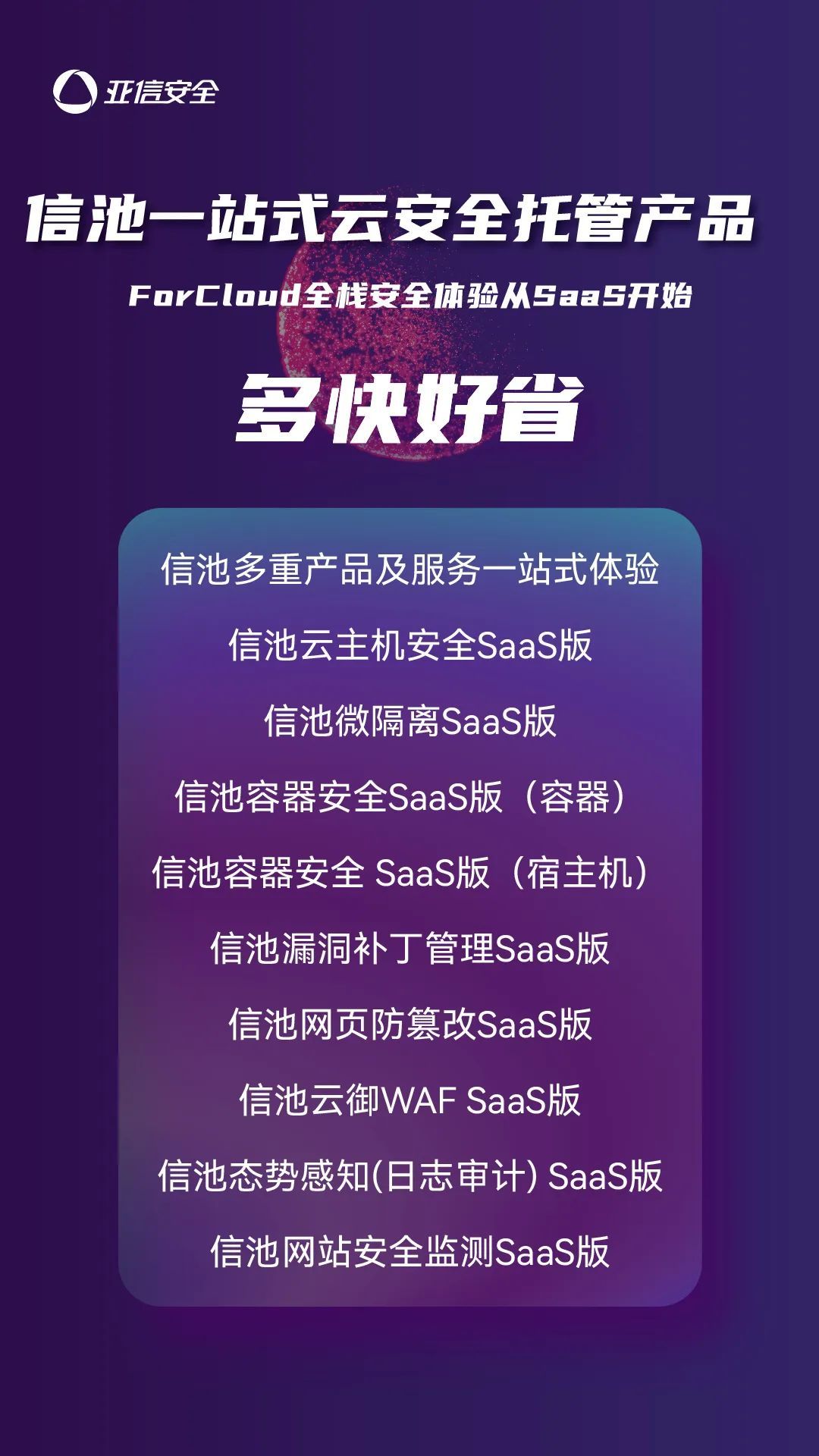




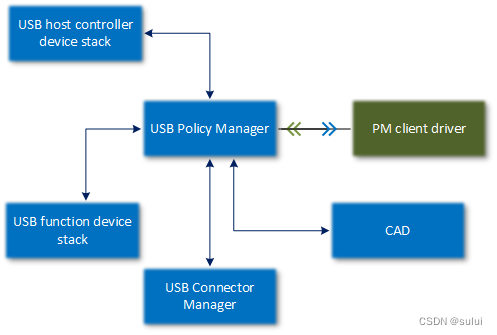

![[数据集][目标检测]拐杖检测数据集VOC+YOLO格式638张1类别](https://i-blog.csdnimg.cn/direct/b9c296ff39864e0f9d728eb88930d154.png)



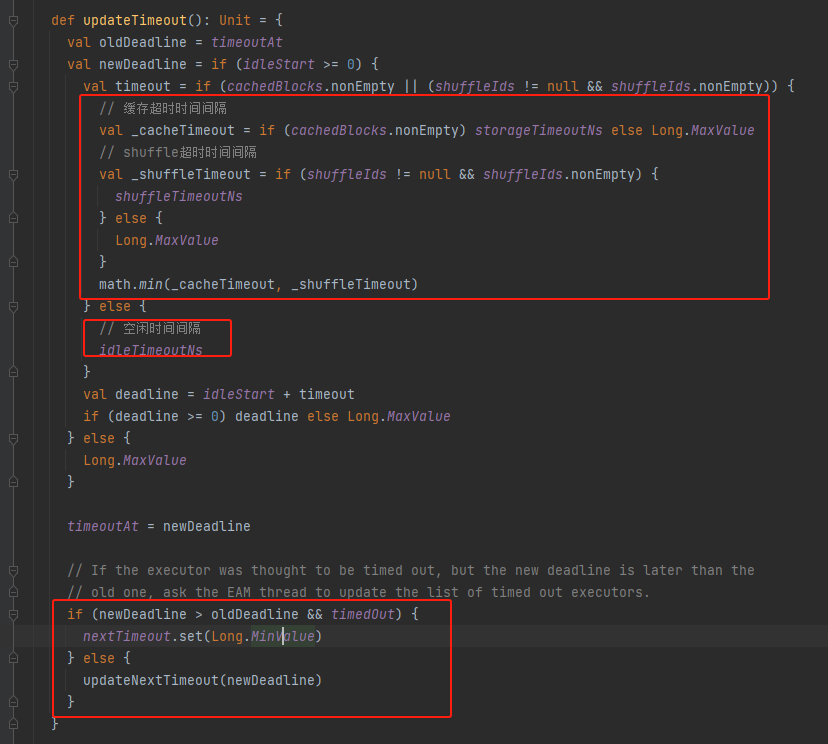
![[数据集][目标检测]拐杖检测数据集VOC+YOLO格式2778张1类别](https://i-blog.csdnimg.cn/direct/3fa80cfc90f84fcbb7c2dbedd99057db.png)

